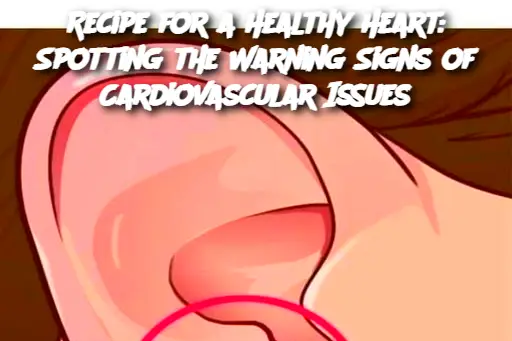ADVERTISEMENT
Introduction
Just like a good recipe needs the right ingredients and careful attention, your heart needs proper care and early detection of potential problems to stay healthy. Cardiovascular disease is a leading cause of death worldwide, but it's often preventable with awareness and lifestyle changes. This guide lays out the key "ingredients" that signal possible heart trouble, along with steps you can take to respond quickly and effectively. Think of it as a heart-health recipe that could help you or someone you love live a longer, healthier life.
Ingredients: Warning Signs to Watch For
These are the key “ingredients” that may indicate cardiovascular issues. If you notice any of these symptoms, it’s time to take action.
Chest discomfort or pain (tightness, pressure, or squeezing)
Shortness of breath (especially with light activity or at rest)
Unusual fatigue (especially in women, even without exertion)
Pain in arms, back, neck, jaw, or stomach
Swelling in legs, ankles, or feet
Irregular heartbeat or palpitations
Dizziness, lightheadedness, or fainting
Cold sweats
Persistent coughing or wheezing
Nausea or indigestion without a clear cause
Directions: What to Do if You Notice These Signs
Don’t ignore symptoms. Pay attention to your body and trust your instincts.
Seek medical help. Contact your doctor or visit an emergency room, especially if symptoms are sudden or severe.
Track your symptoms. Note when they started, how often they occur, and any possible triggers.
Maintain regular check-ups. Even if symptoms subside, follow up with a health professional.
Make lifestyle changes. Focus on heart-healthy habits such as eating well, staying active, quitting smoking, and managing stress.
Serving and Storage Tips: Ongoing Heart Health Maintenance
Daily servings of prevention: Aim for regular physical activity (at least 30 minutes most days), a diet rich in fruits, vegetables, whole grains, and lean proteins, and manage blood pressure and cholesterol levels.
Store wisely: Keep up with annual physical exams, monitor family history, and store emergency contacts and medications where they’re easily accessible.
Variations:
ADVERTISEMENT
